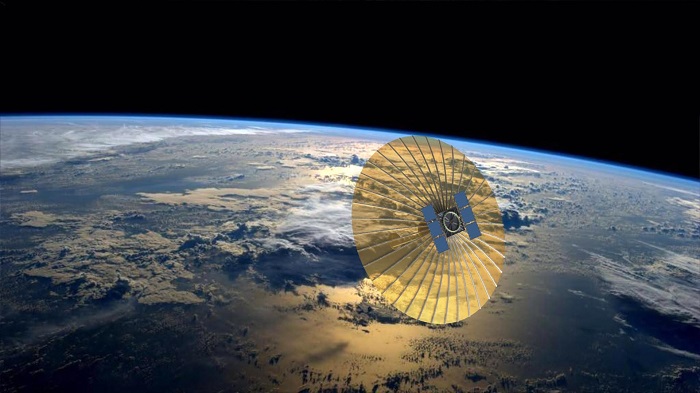Umbra, a prominent player in space technology, has progressed to Phase II of the Distributed Radar Image Formation Technology (DRIFT) program, orchestrated by the Defense Advanced Research Projects Agency (DARPA). This advancement underscores the government’s increasing focus on leveraging asymmetrical warfare capabilities through advanced satellite technologies.
In the SAR industry, consistent leaders like Northrop Grumman and Jacobs, which acquired KeyW, have dominated for the past decade. However, Umbra’s recent achievements signify a new competitive edge. The company’s potential to produce a large fleet of highly capable satellites at a fraction of the cost poses a substantial shift in the industry dynamics.
During Phase II of the DRIFT program, Umbra’s SAR satellites will embark on an extensive multi-month data collection campaign. This phase will focus on generating bistatic and multistatic datasets for DARPA and its partners, further showcasing Umbra’s advanced satellite capabilities.
Jason Mallare, Vice President of Global Solutions at Umbra, shared his enthusiasm: “We’re grateful to contribute to DARPA’s vision, leveraging top-tier U.S. capabilities for an asymmetric advantage. Umbra’s differentiated technology and relentless focus on tech evolution drive us forward.”
Notably, Umbra has already deployed eight satellites and plans to continue the rollout of its licensed 32-satellite constellation in pairs. This strategic deployment aims to enhance the bistatic and multistatic imaging capabilities of its constellation, crucial for providing high-quality, all-weather day/night imagery essential for real-time monitoring and actionable insights.
The company’s advancements are indicative of a shift towards more dynamic and flexible satellite architectures, differing significantly from those offered by traditional and other startup satellite providers. As Umbra continues to push the boundaries of SAR technology, its role in shaping future defense and intelligence capabilities becomes increasingly pivotal.

